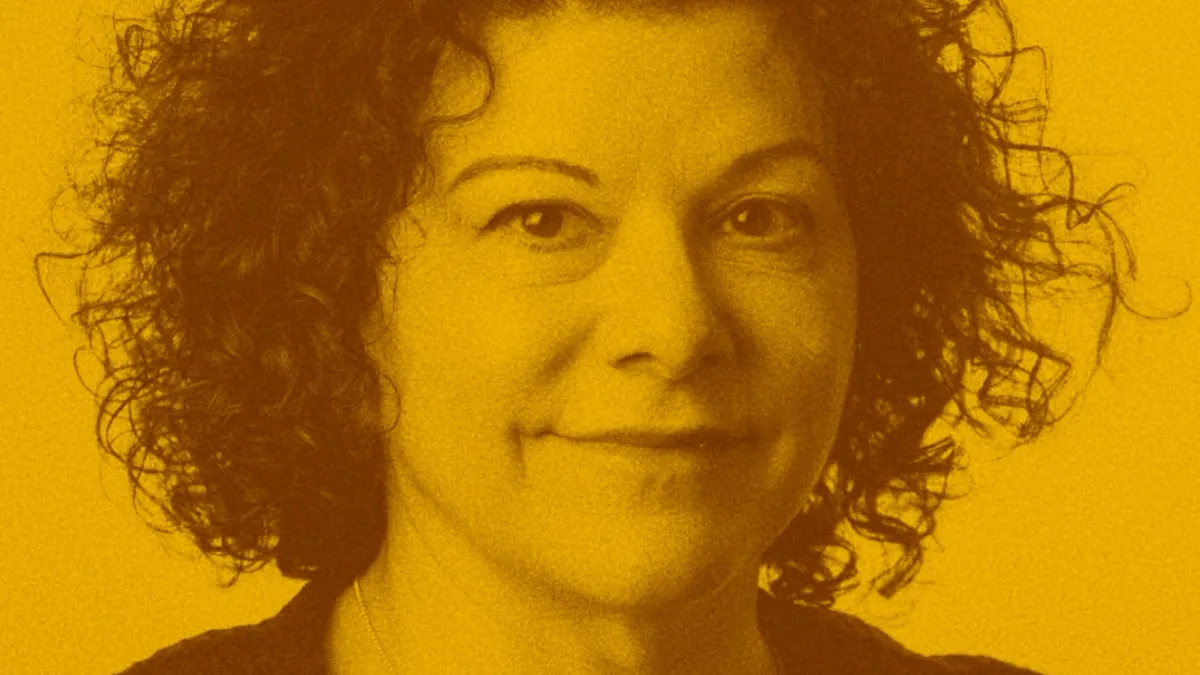Episode 146 of The Informed Life podcast features a conversation with Jodi Forlizzi, the Herbert A. Simon Professor of HCI at Carnegie Mellon’s School of Computer Science. Dr. Forlizzi has had a distinguished career as a service designer, researcher, design leader, and academic. Our conversation focused on the changing role of design in the face of disruptive new technologies — especially AI.
There are two ways to approach AI in design: at the level of tooling (e.g., Figma’s AI features) and as a design material — “designing things that have AI in them.” Dr. Forlizzi advocates the second of these. It requires for designers to acquire particular skills. As she put it,
We realized that there was a need for designers to peer in on this innovation process and work with AI, but they didn’t need to know the technical aspects of AI. They didn’t need to understand algorithms or build models. They needed to look at AI in a really different way as a set of capabilities, as something that could be molded, much like clay or pixels or paper. Hence came this concept of AI as a design material, and that’s been the basis of some of my and my colleagues’ research around AI innovation.
Among the reframing required, designers are called to start at the middle of the double diamond process:
in a traditional user-centered design process, you can envision a double diamond and designers will start on the far left with the user. They expand into concepts. We come into the middle of the diamond where we think we’ve identified what the ultimate particular solution to the problem is, and then we expand and contract again as we make the thing. We found that with artificial intelligence, it’s helpful not to start with users because sometimes we don’t know the best user but to start with the technical capability.
The process of understanding the technology first to then see what uses it could serve runs against the grain of how many designers approach the work. But it makes a lot of sense for novel (and unfamiliar) technologies, whose capabilities and constraints we don’t fully grok get.
I also asked Dr. Forlizzi about her work in systems thinking in the context of design. As their toolset becomes more automated, it becomes more important for designers to think more broadly about the object of the design process: instead of a set of screens, it might be the ecosystem that they serve.
She shared a compelling real-world example of co-creating solutions to help hospitality workers use AI to make their work better and negotiate better conditions. As with other technologies, AI can be put to good or bad uses. Designers can make real contributions — but it requires they think about the object of design more broadly.
The Informed Life episode 146: Jodi Forlizzi on Designing With AI
